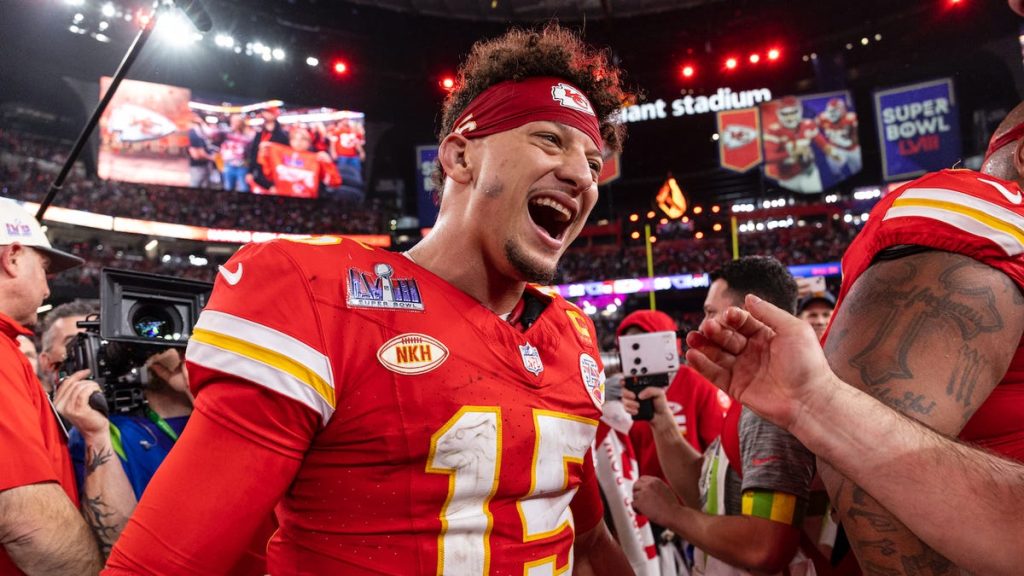Super Bowl LIX, scheduled for February 9, 2024, will mark a significant shift in Fox’s streaming strategy for the NFL’s championship game. While previous Super Bowl broadcasts were streamed on the Fox Sports app, this year Fox is expanding its reach by offering the game on Tubi, its free, ad-supported streaming platform. This move democratizes access to the Super Bowl, removing the barrier of a paid subscription for millions of potential viewers. Pregame coverage, including the Tubi Red Carpet event, will commence at 3:30 PM ET, building anticipation for the main event. This broader accessibility aligns with the growing trend of cord-cutting and the increasing popularity of free streaming services, providing a wider audience with the opportunity to experience the Super Bowl.
Fox’s commitment to providing a high-quality viewing experience is underscored by its confirmation that the Super Bowl LIX broadcast will be available in 4K resolution. This isn’t unprecedented, as Fox delivered the Super Bowl in 4K in both 2020 and 2023. In 2023, 4K access was granted to subscribers of compatible cable, satellite, and streaming providers, including DirecTV, Dish, Verizon, Optimum, Comcast, Fubo, and YouTube TV, as well as users of the Fox Sports app. This year’s 4K offering on Tubi signals a continued investment in enhancing the viewing experience, making the cutting-edge technology available to a broader, subscription-free audience.
The multi-platform distribution strategy for Super Bowl LIX extends beyond Tubi and traditional broadcast. The game will be available on Fox Deportes and Telemundo, catering to Spanish-speaking audiences. Furthermore, the Super Bowl will be streamed across NFL digital properties. Importantly, access across these platforms will not require viewers to authenticate a paid cable, satellite, or live TV streaming subscription. This comprehensive approach ensures maximum reach and inclusivity, allowing fans to tune in regardless of their preferred viewing method or language preference. This wide availability reinforces the Super Bowl’s status as a major cultural event, transcending traditional broadcasting boundaries.
A key aspect of the Super Bowl broadcast is the advertising, which generates significant revenue and is often as highly anticipated as the game itself. Reports suggest that the commercials aired during Super Bowl LIX will be consistent across the various platforms, including Tubi, Fox, Fox Deportes, Telemundo, and NFL digital properties. This uniformity ensures a consistent viewer experience regardless of the chosen platform. The synchronization of commercials maintains the advertising value across all platforms, benefiting both advertisers and the NFL. This strategy maximizes the impact of these high-priced advertisements, ensuring they reach the broadest possible audience.
The rotation system for broadcasting rights to the Super Bowl sees a different network take the helm each year. CBS broadcast the game in 2023. Fox, which aired the Super Bowl in 2023, has secured the rights again for 2024. Looking ahead, NBC and its streaming counterpart, Peacock, will broadcast Super Bowl LVII in 2026, followed by ESPN and ABC in 2027. This cyclical arrangement ensures equitable distribution of the broadcasting rights among the major networks, fostering competition and innovation in their coverage of the event.
The decision to stream Super Bowl LIX on Tubi represents a significant development in the evolution of Super Bowl broadcasting. It caters to the growing trend of cord-cutting and the increasing preference for streaming services. By offering the game on a free, ad-supported platform, Fox expands the potential audience significantly, making the Super Bowl more accessible than ever before. This move, combined with the continued commitment to 4K resolution and distribution across multiple platforms, underscores the NFL’s and Fox’s commitment to providing an optimal viewing experience for fans, regardless of their viewing preferences or language. The unification of advertising across platforms further strengthens the commercial viability of the event, ensuring advertisers reach the widest possible audience. The rotational system for broadcasting rights ensures that each network has the opportunity to showcase its coverage, stimulating ongoing improvements in Super Bowl broadcasting.

